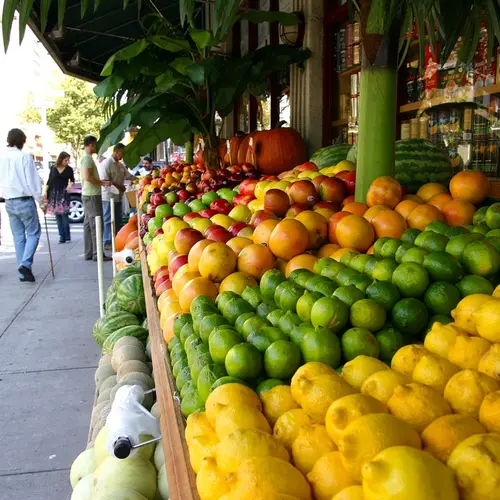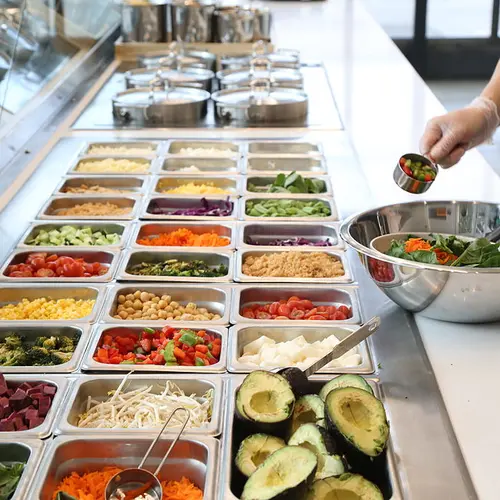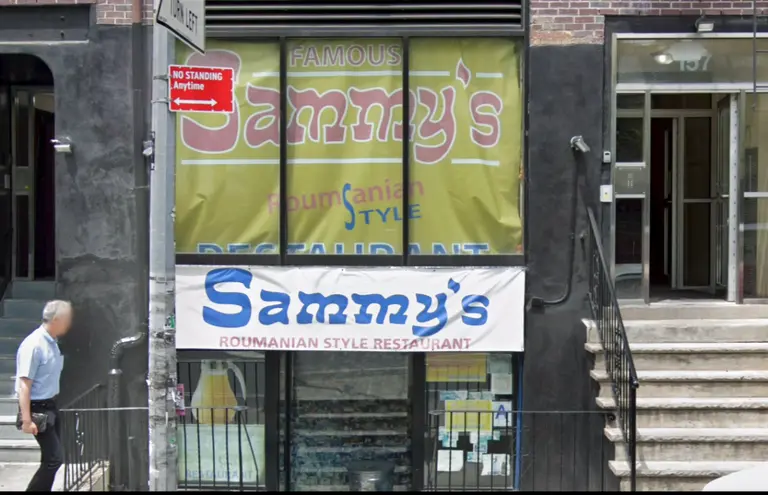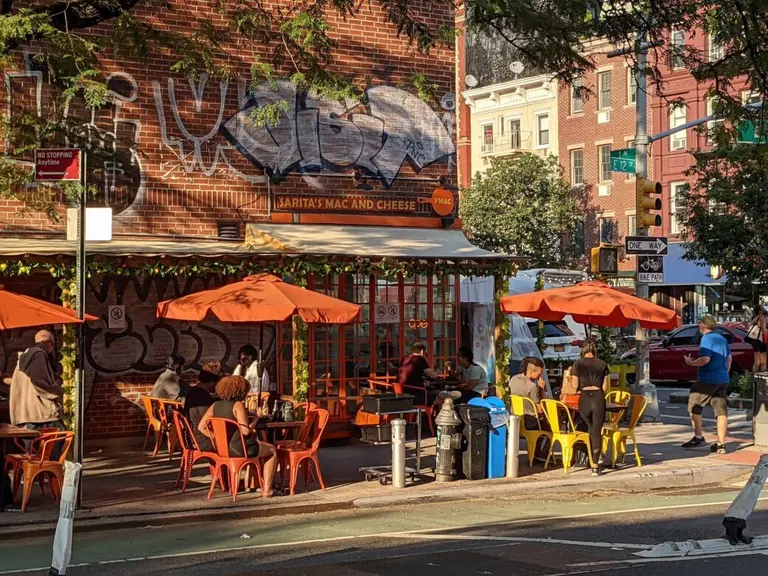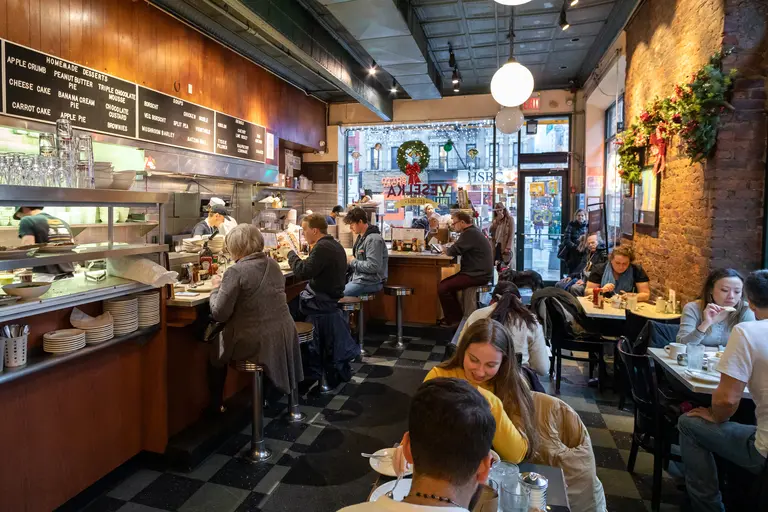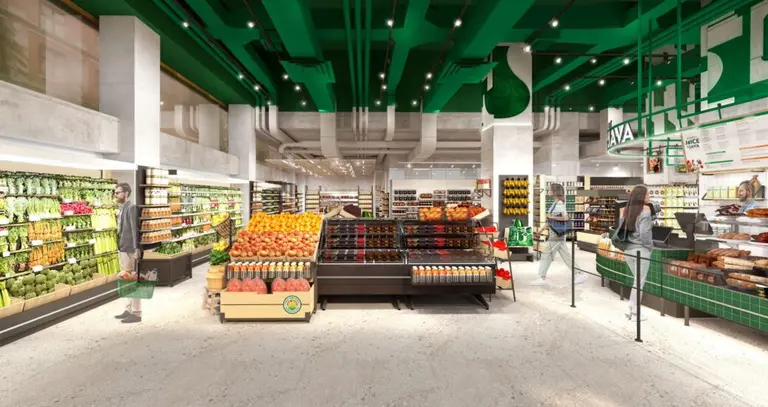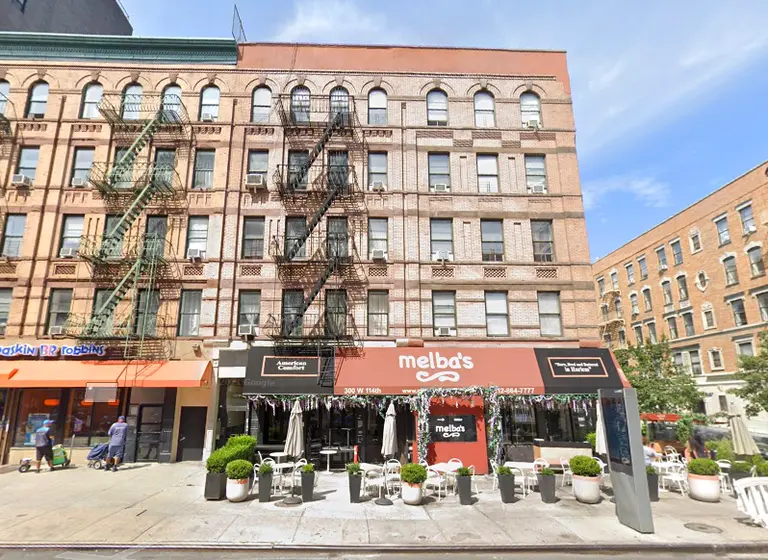Farm-to-table in NYC: Local restaurants respond to growing demand for fresh food
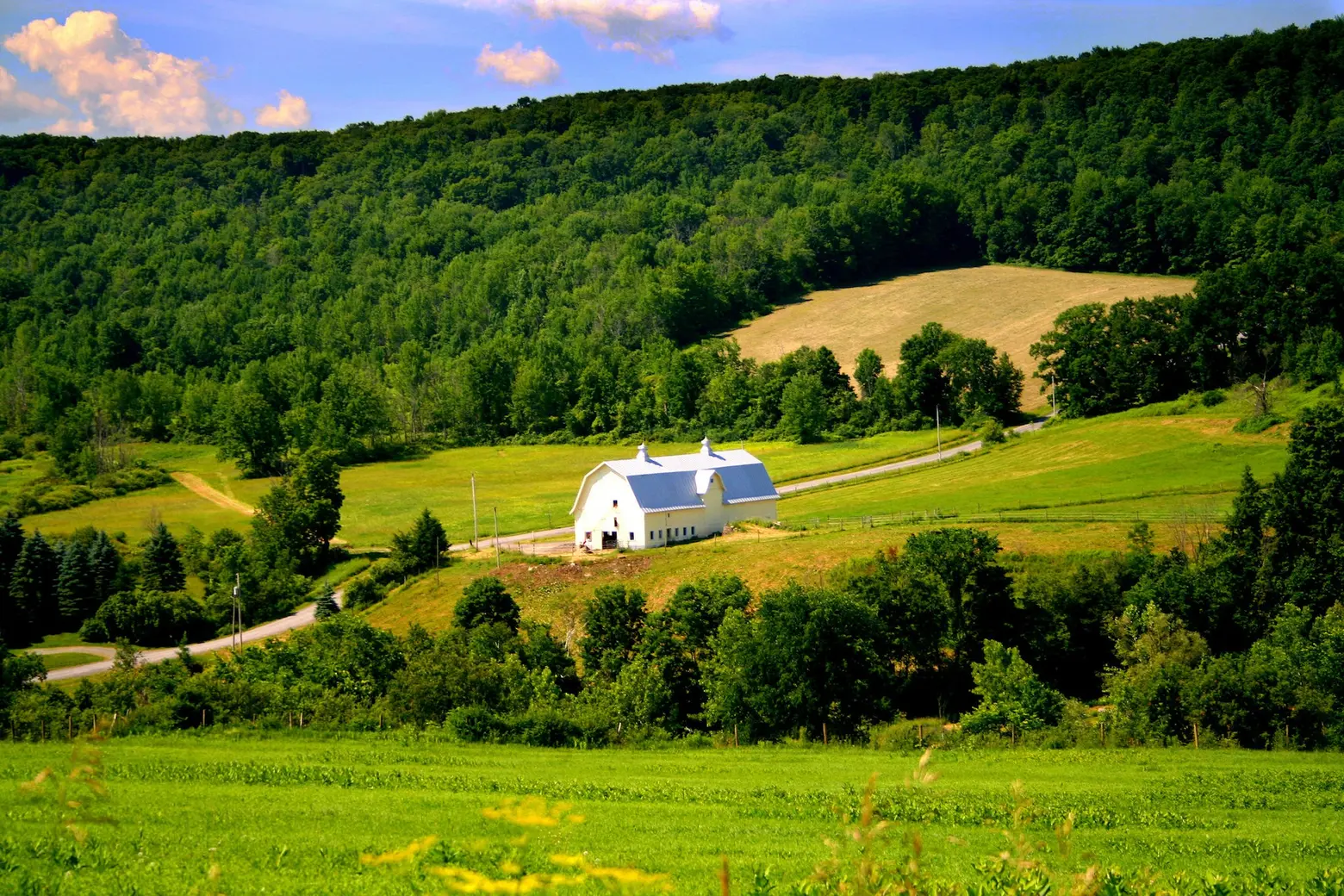
Via Flickr
Since the early 2000s, a host of new health-conscious establishments have transformed the restaurant scene nationwide. While some of these establishments focus on serving exclusively organic or vegan fare, others have a mandate to deliver local and farm-to-table products. In the beginning, most of these restaurants were on the pricier side, but increasingly, even fast-food or quick-service restaurants are focusing on local and farm-to-table products. But this raises a question: In New York City, what exactly does local or farm-to-table mean? 6sqft investigated to find out how these concepts are being defined and what types of local products are most likely to end up on plates and bowls in our city’s restaurants.
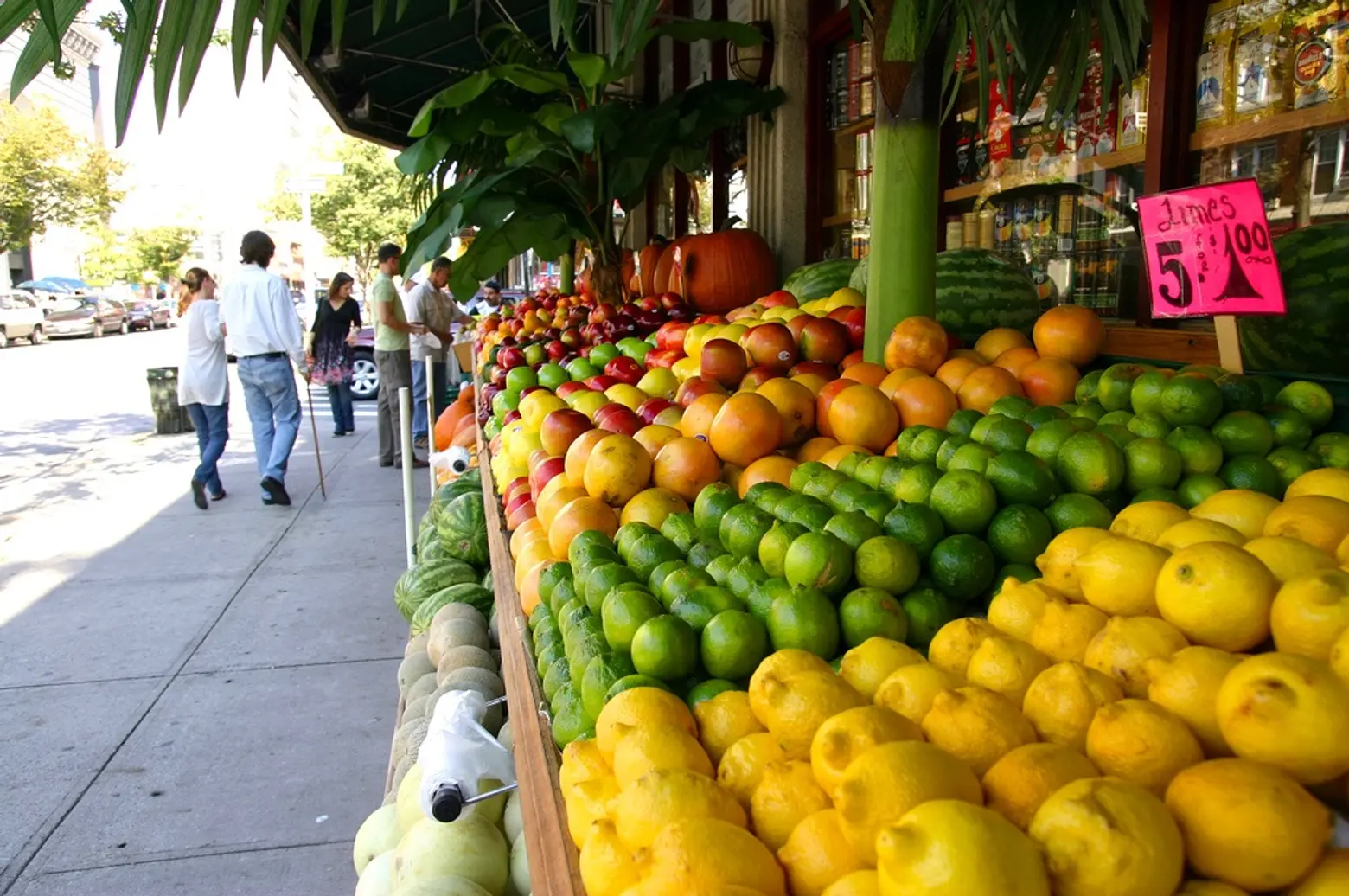
Via Flickr
NY farms produce much of NYC’s food
New York may be better known for its urban than rural areas but, in fact, New York State is home to over 35,000 farms that cover over seven million acres. The state’s top crops are milk, corn (for feed), hay, cattle, apples, floriculture, cabbage, sweet corn, potatoes, and tomatoes. While there are some things one just can’t grow or raise in New York State (for example, lemons, pineapples, and avocados), when one drills down into the data, it soon becomes apparent that the state is an agriculturally rich region with a lot to offer.
- According to the United States Department of Agriculture, as of January 2018, there were over 625,000 milk cows in New York State (to put that into perspective, there are only about 100,000 people living in the state capital of Albany).
- In 2017, New York State produced 760,000 gallons of maple syrup, 8,000,000 pounds of tart cherries, and 3,178,000 tons of alfalfa.
- New York State is home to over 5000 acres of pumpkins and 14,000 acres of potatoes.
760,000 gallons of maple syrup or eight million pounds of tart cherries may seem like a lot but not when you consider how much food people in New York City and the surrounding region consume. After all, in addition to feeding NYC’s 8.5 million residents, the city hosts over 60 million tourists each year.
Getting fresh food to the city’s 20,000 restaurants and 13,000 food retailers each day is a complex operation and one that can be easily disrupted. Since most of New York City’s food is now stored in warehouses located approximately 100 miles away and brought in on demand, even minor storms often have a major impact on the city’s complicated food-supply chain.
What is farm-to-table?
Farm-to-table may be a popular catchphrase in the culinary world these days, but this doesn’t mean it has a single meaning. In most cases, farm-to-table refers to food that has been sourced directly from a farm and not purchased through a food distributor, which is where most food found in supermarkets and restaurants is sourced. But even when food is classified as farm-to-table, the label can denote many different types of relationships with producers.
While some farm-to-table restaurants have their own farms, others have dedicated relationships with one or more producers and still others simply buy directly from an ever-changing network of farmers. For restaurants with dedicated relationships to farmers, the relationships in question can also take different forms. In some cases, restaurants offer their farm partner a guarantee that they will buy a certain percentage of their crop each season. Other restaurants offer their farm partners shares in their business venture.
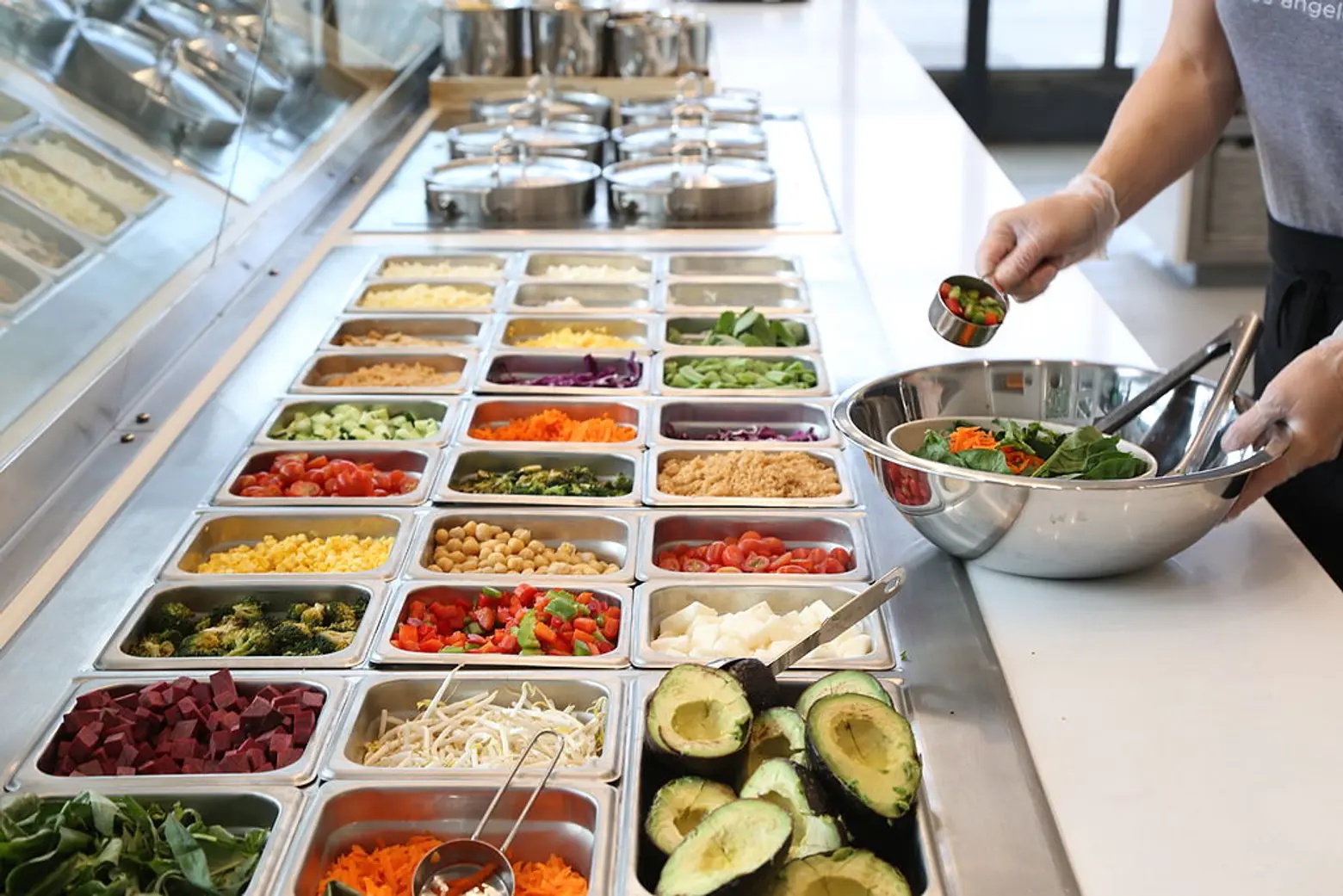
Items available at sweetgreen via Wikimedia
Defining local
Like farm-to-table, local has many meanings. While some establishments are completely transparent about what “local” designates, others use the term without any clear definition at all. To illustrate, we examined how just three popular local establishments in the quick service market define local.
Dig Inn, which bills itself as a farm-to-table establishment, defines “local” as any farm located within a 300-mile radius of their restaurants. In addition, Dig Inn leases a 12-acre farm in Orange County, New York, which happens to be in New York’s “Black Dirt” region (black dirt is especially good for growing root vegetables and greens). In 2017, Dig Inn pulled 21,000 pounds of produce from their black dirt farm and managed to get most of this produce on plates and in blows at their New York City restaurants within 48 hours of harvest. More recently, they have set up a greenhouse to help ensure they have local produce year round.
Sweetgreen, a popular salad restaurant that started in D.C. but now has multiple restaurants in New York City, also claims to use local produce, but unlike Dig Inn, it doesn’t define what this means. As stated on its website, “We source from partners and growers we know and trust, letting their farming dictate our menu. We go to great lengths to work with farmers who are doing the right thing, and we source locally where possible.” Whether this means the produce was grown or raised within a 100-mile or 1000-mile radius of their stores is unclear.
Founded in New York City in 2006, Just Salad now has multiple locations across the city. While they use a variety of ingredients, they strive to only use non-GMO, organic, and locally sourced food. As they say on their website, “Our produce arrives fresh daily. We serve it raw, roasted, baked, or steamed. Never canned. No fake sh*t.” Until recently, it wasn’t entirely clear what “local” meant at Just Salads, but in November 2018, the local company announced plans to partner with Gotham Greens, a leading greenhouse grower to supply local, greenhouse-grown romaine at select stores.
While both “farm-to-table” and “local” may mean different things to different people, there is clearly a growing desire to close the gap between the field and table in New York City and make farm-fresh food accessible to all New Yorkers, even those who can’t afford to dine at four-star establishments.
RELATED:
- Where I Work: Chef Bill Telepan takes us inside a ‘farm-to-classroom’ hydroponic garden
- VIDEO: See how bean-to-bar chocolate gets made at the Institute of Culinary Education
- Where I Work: Go inside Square Roots’ futuristic shipping container farm in Bed-Stuy
- Behind the counter and into the caves at Murray’s Cheese

